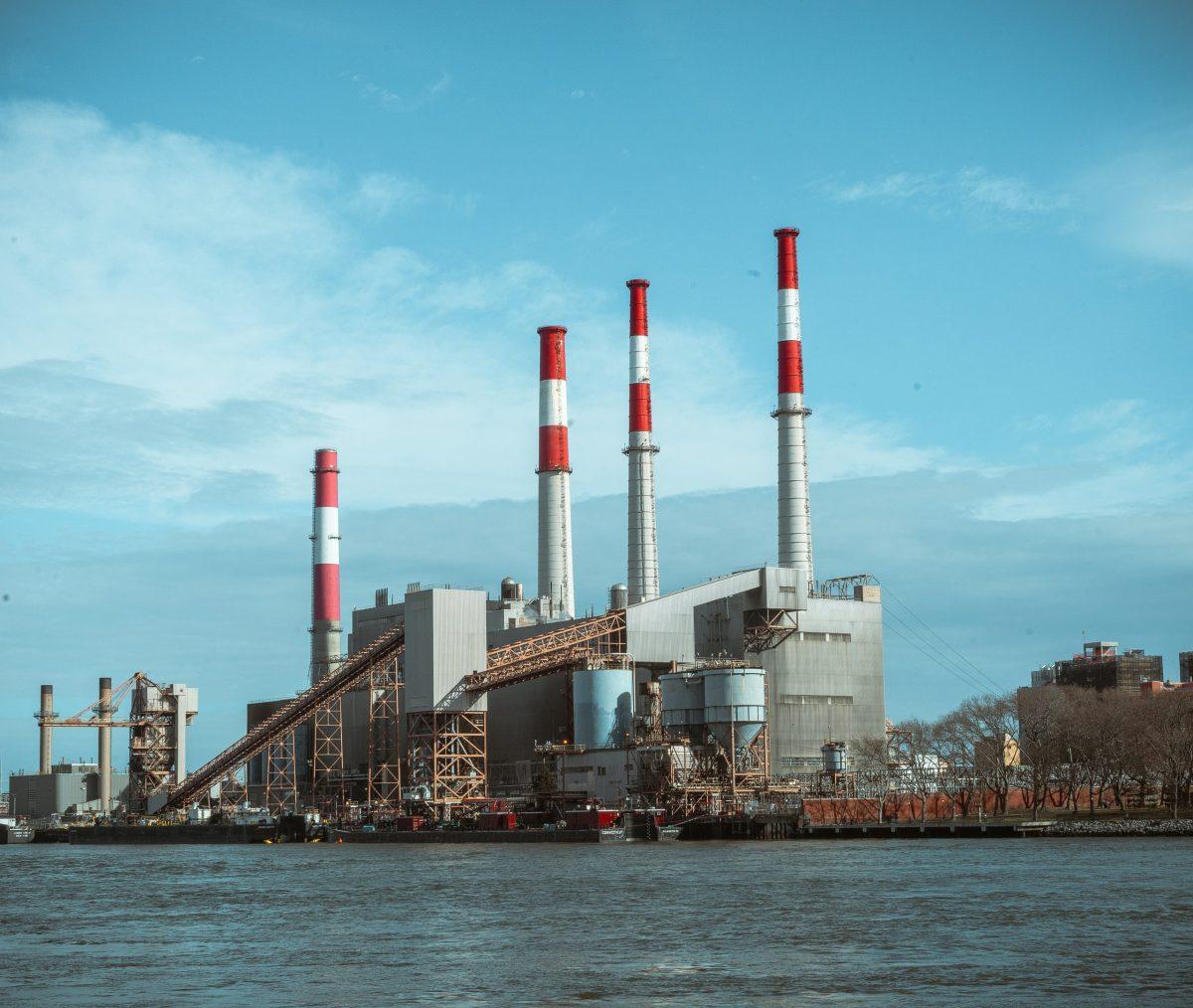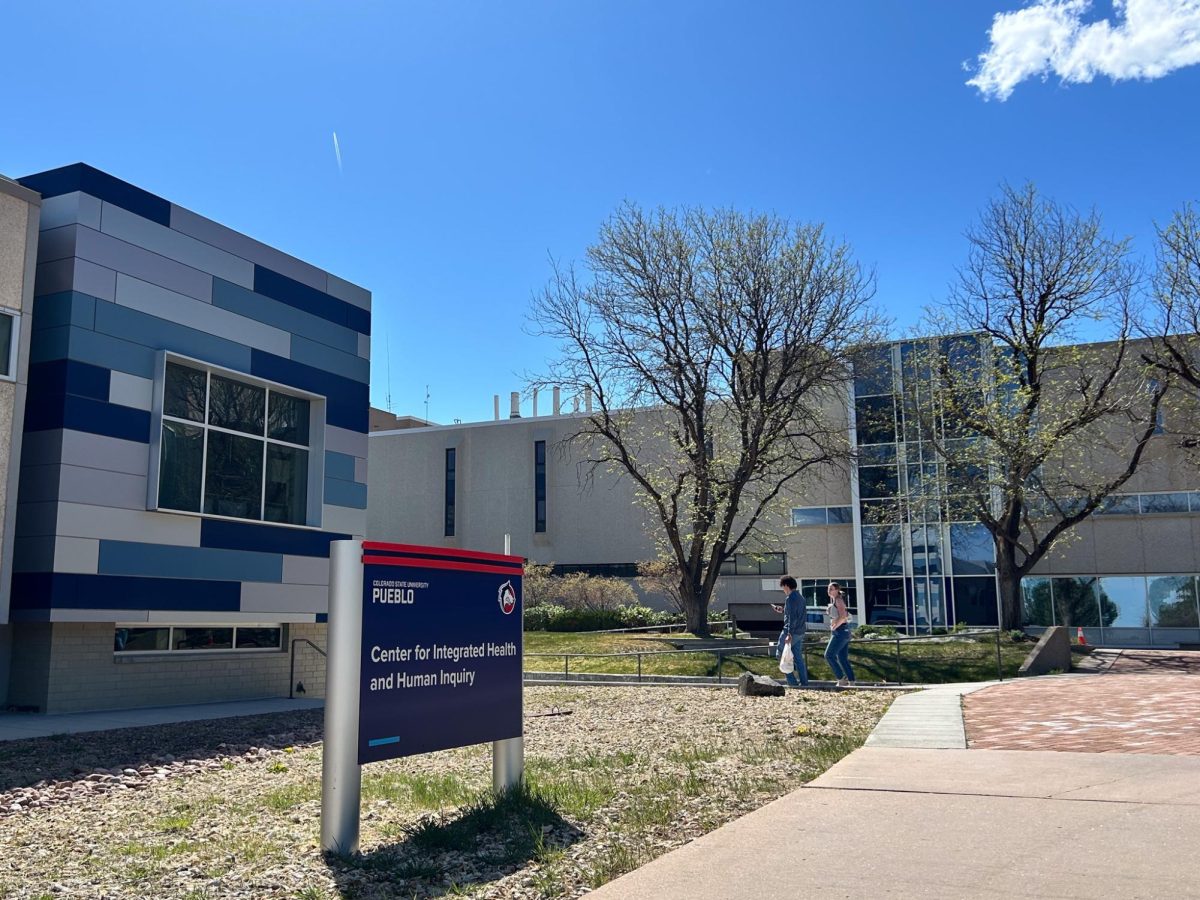By Zoe Holman
Colorado Springs celebrates the closure of the Martin Drake Power Plant, officially closed on Sept. 1, 2022, after a years-long effort on behalf of clean air lobbyists.
The dangerous nature of the power plant was brought to light most definitively by the Colorado Springs Gazette in 2019; the article highlighted the power plant as El Paso County’s single largest stationary source of the pollutant nitrogen oxide.
There has been an ongoing dialogue between those speaking on behalf of the Martin Drake Power Plant and environmentalists fighting for its closure.
Chris Welch, a Colorado Springs Utilities’ Interim Permitting Services Supervisor, said, “[Utilities has] done a lot over the years to reduce our nitrogen oxide emissions, and we only see that trend continuing in the future.”
There were efforts made on behalf of Utilities to reduce emissions – the pollution slashed by more than a third since 2014 as the plants adopted new low-nitrogen oxide burners and other emission control technologies.
However, the data didn’t stay in their favor. In 2018, Drake emitted roughly 1,290 tons of nitrogen oxide. It outperformed its closest competitors, the Ray Nixon Power Plant, emitting 910 tons and the natural-gas-fired Front Range Power Plant, emitting 330 tons – making it the worst pollutant.
According to the state health department, in 2018, Colorado Springs’ two area air monitors measured the air quality to discover that the levels were above the federal limit of 70 parts per billion on seven occasions – a weight-by-weight ratio used to describe concentrations.
Unfortunately, this environmental victory was inevitable – and rather shallow. As a coal-burning power plant, the Martin Drake plant was utilizing a non-renewable resource. The crews have moved to a natural gas operation expected to be fully commissioned in early 2023.
Natural gas is shown to be less environmentally damaging. New, more efficient power plants are rumored to emit around 50% less carbon dioxide during combustion.
However, methane is still a very powerful greenhouse gas that still contributes to damage to the ozone layer. The advantage being it dissipates faster than carbon dioxide. The disadvantage being it is far more effective at trapping heat in the atmosphere.
The Pikes Peak Area Council of Governments, the region’s air quality planning agency, revived its air quality committee to keep Colorado Springs from being designated as a “nonattainment area.” The city does not meet the national primary or secondary ambient air quality standard for the National Ambient Air Quality Standards.
Francois Raab, an air quality committee member, acknowledges the half-measure. Raab says, “To reduce emission, you have to target the source of emission. Targeting a single source is easier than targeting hundreds of thousands of sources, from a practical standpoint.”
He’s not wrong. But larger, more expensive, yet more effective solutions should be considered.
Colorado Springs has already shown a willingness to improve its environmental impact; the Martin Drake Power Plant closure is part of the Colorado Springs Utilities Sustainable Energy Plan, which calls for eliminating all coal as an energy source by 2030. The city has plans to eventually replace its energy sources with the new 175-megawatt Pike Solar and Storage Project.
However, the United States Environmental Protection Agency estimates roughly 27% of total U.S. greenhouse gas (GHG) emissions, making it the largest contributor to U.S. GHG emissions. Colorado Springs should consider public transportation solutions to improve the city’s air quality.
Regardless, this is a step forward in promoting green energies and healthier alternatives to coal-burning energies and other fossil fuels. While we must be aware of what the future will need, we can also enjoy environmental victories. And with jobs promised to the Martin Drake Power Plant’s former crew, there is little reason not to celebrate.
















